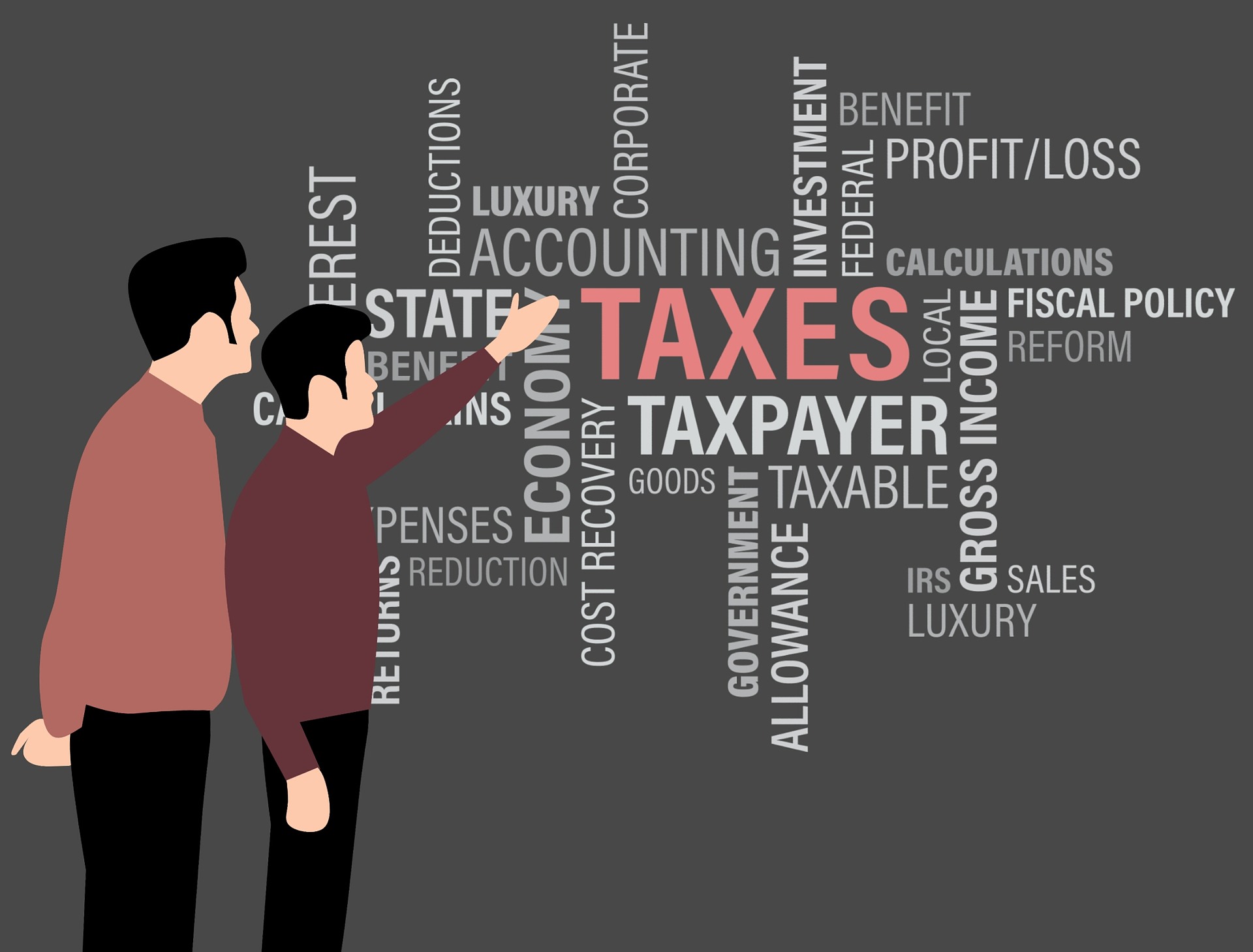In the first part of this series we identified how Canada Revenue Agency (CRA) classified Amazon sellers. Part II explained how to structure your Amazon business and the tax implications at each level. Today we will discuss a problem facing Canadian Amazon sellers and how an unfortunate regulation in CRA’s operations is putting some eCommerce retailers at a big disadvantage.
What’s the Problem?
As a consumer, you are happy to find cheap digital services online like music streaming, ebooks, software, and games. It’s amazing what you can get for just a few dollars. This seems like a great deal all around. You get a cheap but valuable product and a seller gets to make money. So, what’s the problem?
The issue is that the majority of these sales are to foreign business outside of Canada, and as Finance Canada explains, “Foreign vendors that do not carry on business in Canada and make digital supplies, such as online services, are generally not required under the GST/HST legislative rules to register and collect GST/HST because those supplies are considered to be made outside Canada. The Canadian consumer is generally required to self assess and pay the applicable GST/HST on those purchases directly to the CRA.”
That means Canadians are supposed to calculate the taxes on their digital purchases and remit it to the CRA. The company, if it is outside of Canada and retailing digital eCommerce, has no obligation to charge, collect, or remit GST. This has cost CRA more than $160 million and is very bad news for Canadians as that is a lot of tax money that can support the public services we all use – but its even worse news for Canadian Amazon sellers that produce and retail digital products.
The Disadvantage for Canadian Retailers
Canadian businesses – including Amazon sellers – that have revenues of $30,000 or more in a year must charge, collect, and remit GST. So, let’s say that you are selling an ebook or a game you produced. You have it on your Amazon store as a digital download. As a Canadian retailer (if you make $30,000+ in revenue a year), you must charge and remit GST. This drives up your costs as it impacts your administration and accounting. This also puts you in direct competition with non-Canadian retailers that can offer a similar – but cheaper – product.

What is CRA Doing About the Problem?
To be brutally honest, the answer to “what is CRA doing about the problem” is “not much.” Despite being aware of the risks (CRA raked digital eCommerce as one of its top three risks in a recent corporate risk profile), CRA has not yet taken definitive action apart from some small efforts to identify Canadian and non-Canadian eCommerce digital sellers (so that the agency can enforce GST collection from the Canadian retailers).
What Can Canadian Amazon Sellers Do?
Despite the disadvantage presented to Canadian digital sellers, do not try to avoid charging, collecting, and remitting GST. CRA can and will penalize the local sellers that try to circumvent the regulations.
Turn the issue to your advantage by advertising your “made in Canada” product, as many buyers seek to first support the local talent before looking for goods and services abroad.
Make your concerns about this issue known. Work with the agencies that can lobby the government on your behalf.
Amazon sellers of all sizes should also work with a qualified accountant, preferably one that has special services for eCommerce, small businesses, and new retailers, to ensure compliance with Canada’s often-confusing and always changing Tax Act.
Are you an Amazon seller looking to escape the office and the daily grind of the 9-5? Then you need to know the truth about going officeless











